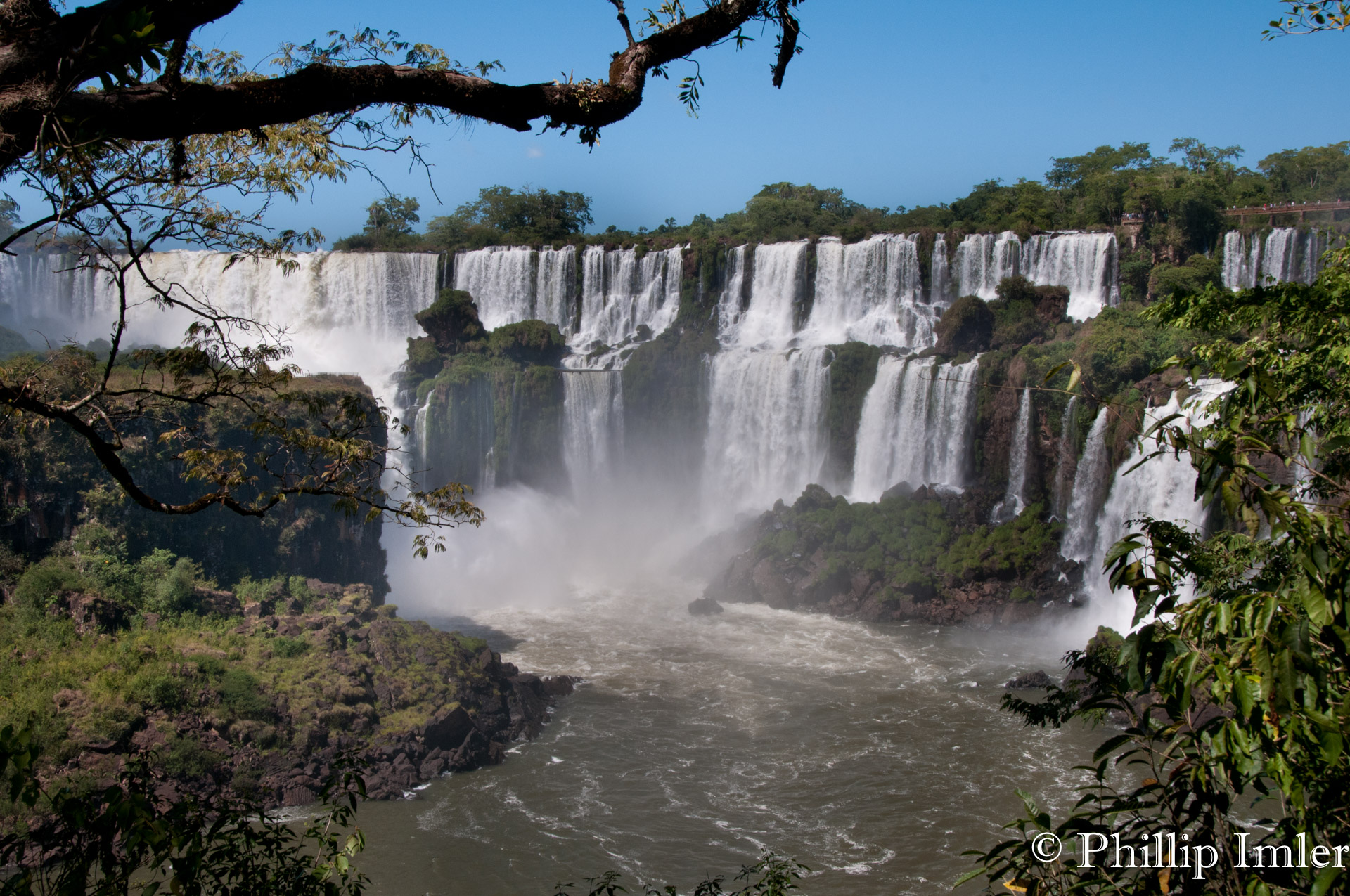7 Wonders of Argentina
Argentina, officially known as the Argentine Republic, is a country accounting for the majority of the lower half of South America. It is a tall country and covers 1,073,500 square miles (2,780,400 sq. km). It is the eighth largest country in the world and the second largest in South America.
Argentina is most notable for its natural wonders and it is home to two of the 7 Natural Wonders of South America. It is a country recognized as having one of the most diverse ecosystems in the world with a complementary biological diversity that rates among the world’s largest.So, what are the 7 Wonders of Argentina? Here is a look at the magnificent attractions that call Argentina home.
What are the 7 Wonders of Argentina?
Aconcagua
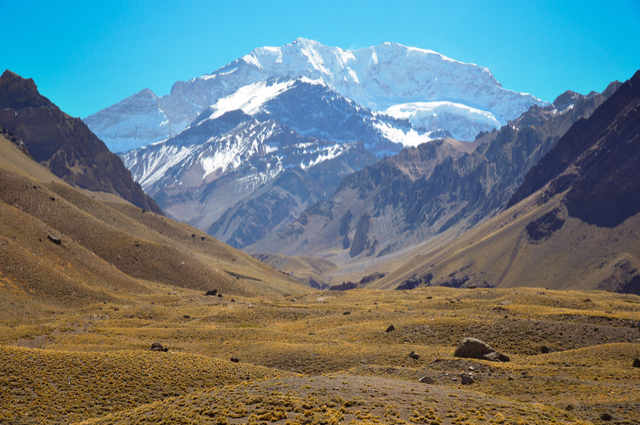
Aconcagua is a mountain located in the Andes mountains of Argentina that reaches a summit of 22,837 feet (6,960.9 m). The height makes it the tallest mountain in Argentina, the highest point in the Southern Hemisphere, and the tallest mountain outside of Asia.
Although near the border of Chile, the entire mountain resides in the boundaries of Argentina. It is recognized as one of the 7 Summits and it is one of the 7 Natural Wonders of South America.
The mountain is part of the Aconcagua Provincial Park which is a national protection of it and the surrounding area. There are three large glaciers found on the mountain with a handful of smaller ones. Although it presents with altitude sickness challenges, it is classified as a technically easy mountain to climb.
Casa Rosada
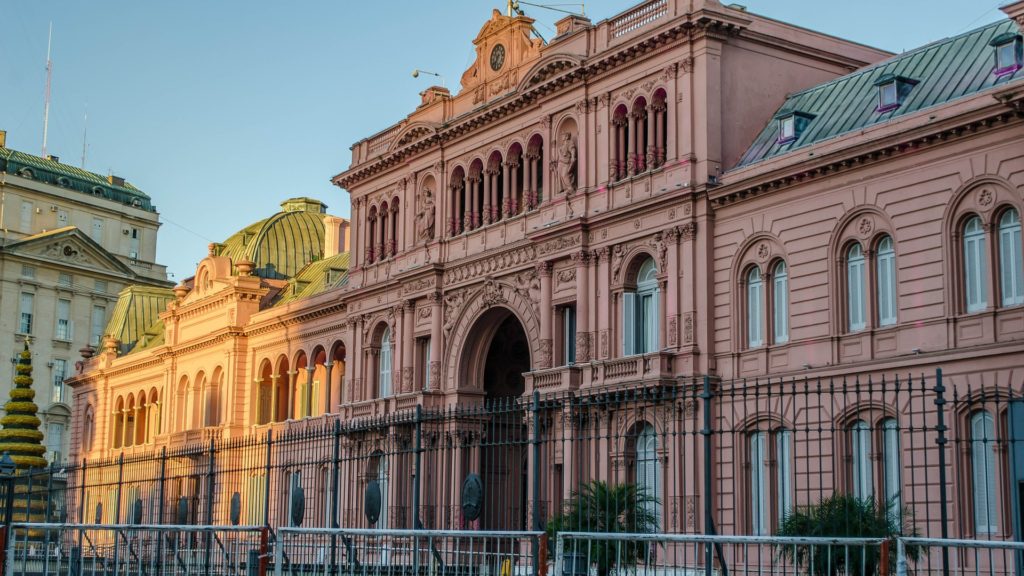
Casa Rosada is also called Casa de Gobierno, which means House of Government. It is the executive mansion and office of the President of Argentina. It is a four-story building with one of the floors serving as a basement underground.
The President’s office features a seat known as the, “Seat of Rivadavia.” The building features a Hall of Busts which displays marble busts of many of the Presidents of Argentina.
Other significant rooms include the Christ the King Chapel, the Stained-Glass Gallery, the Salon Blanco and various “Halls” that include: Hall of Bicentennial Thinkers and Writers, Hall of Argentine Bicentennial Women, and Argentine Bicentennial Scientists.
Cathedral of La Plata
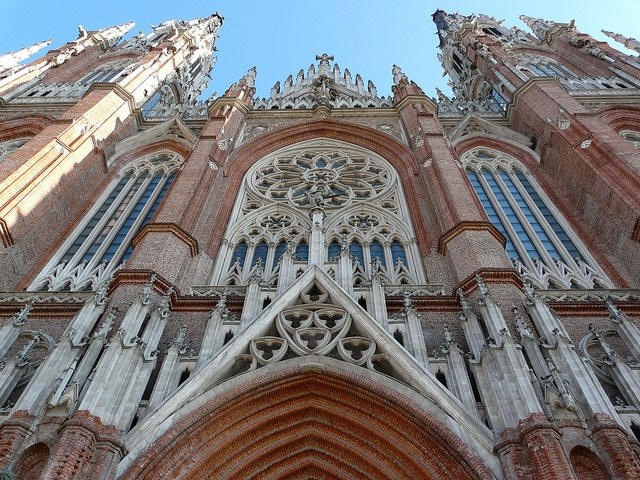
The Cathedral of La Plata is a cathedral located in La Plata Argentina, and it was dedicated to the Immaculate Conception. The architecture reflects the Neogothic cathedrals of Europe.
The Cathedral of La Plata is the tallest church in Argentina, among the 6 tallest in the Americas and the 58th tallest church in the world. The church has a capacity of 14,000 worshippers. It measures a length of 390 feet (120 m), a width of 249 feet (76 m), and a height of 318 feet (97 m).
It features two spires and the collective floor area accounts for 75,000 square feet (7,000 sq. m). The Spire reaches a further height of 367 feet (112 m). There are 25 bells in the cathedral. There are 200 pinnacles, 800 needles, and six turrets that complement the two spires.
Iguazu Falls
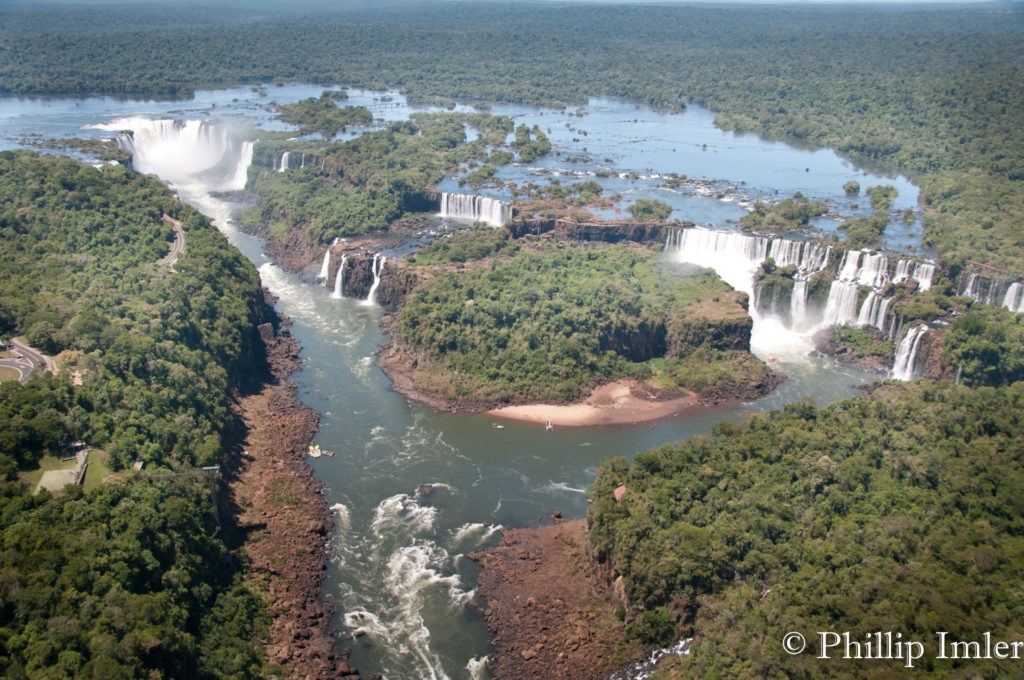
Iguazu Falls is a waterfall on the border of Argentina and Brazil. It is also called Iguacu Falls and Iguassu Falls with the source of the falls being the Iguazu River. Although the falls occur on both sides of the border, the majority of the falls occur in Argentina.
Iguazu Falls is the largest waterfall system in the world. There is a total of 275 different waterfall drops. The height of the falls ranges from 197 to 269 feet (60 to 82 meters). The total collective width of the falls stretches across 1.7 miles (2.7 km).
Iguazu Falls has the distinction of being one of the 7 Natural Wonders of South America. It has an average flow rate of 62,010 cubic feet per second (1,756 m3/s). Many would argue that it is the most beautiful waterfall in the world. One of the highlights of Iguazu Falls is the moonbow which may be experience a few days out of the month when there is a full moon shining overhead.
Perito Moreno Glacier
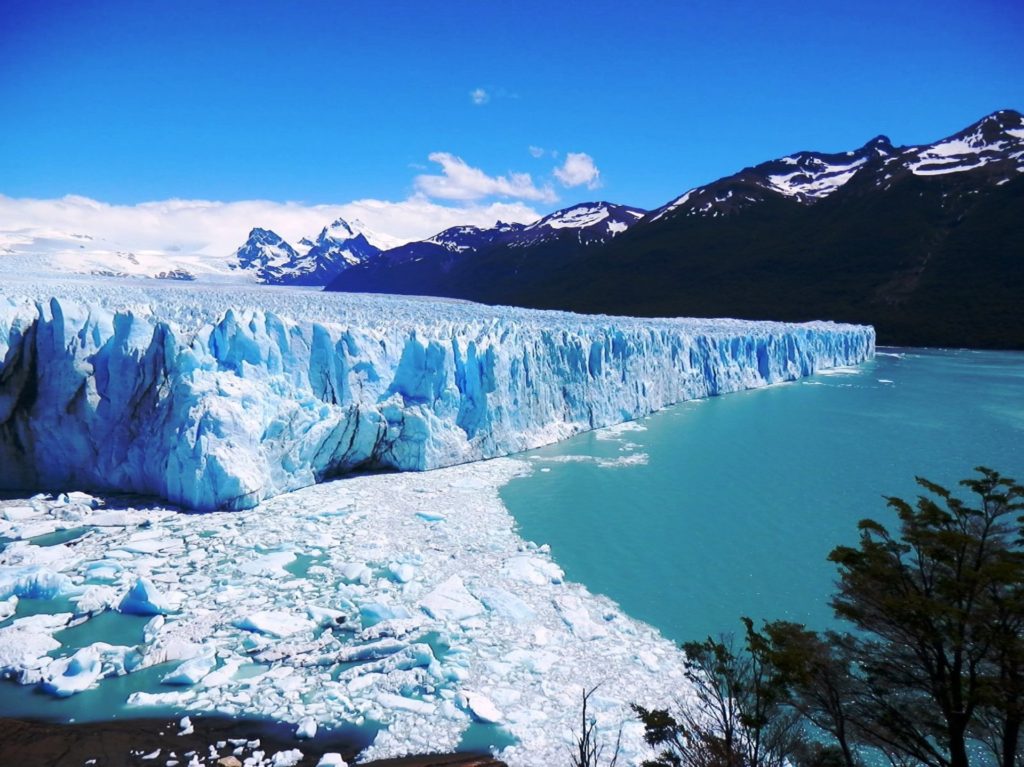
Perito Moreno Glacier is spectacular glacier located in Los Glaciares National Park found in the southwest part of Argentina, and one of the most popular attractions and draws to the Patagonia area.
Perito Moreno Glacier measures 19 miles (30 km) in length and accounts for 97 square miles (250 sq. km) of ice formation. It is the most famous of 48 glaciers fed by the Southern Patagonian Ice Field, which is the world’s third largest fresh water reserve.
The Perito Moreno Glacier is unique in that it is advancing compared to most glaciers around the world which are retreating. The glacier reaches an ice depth of 558 feet (170 m).
